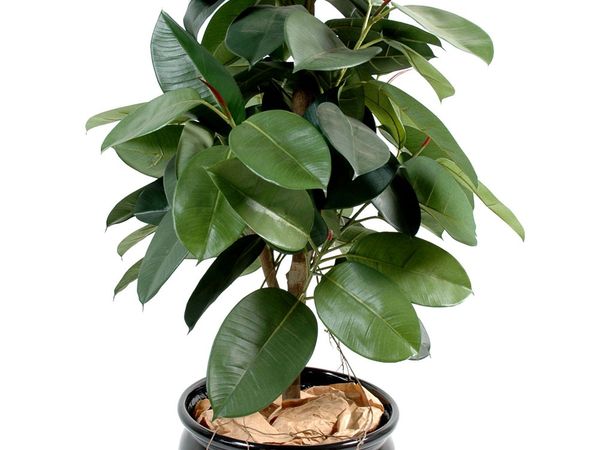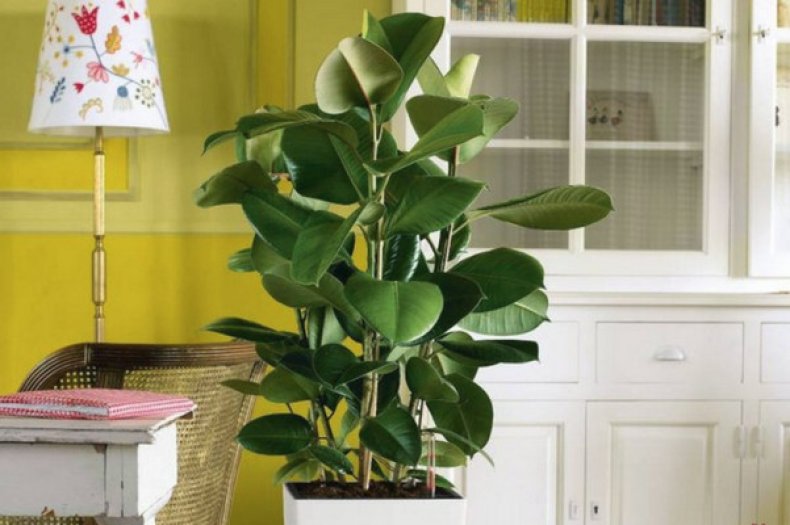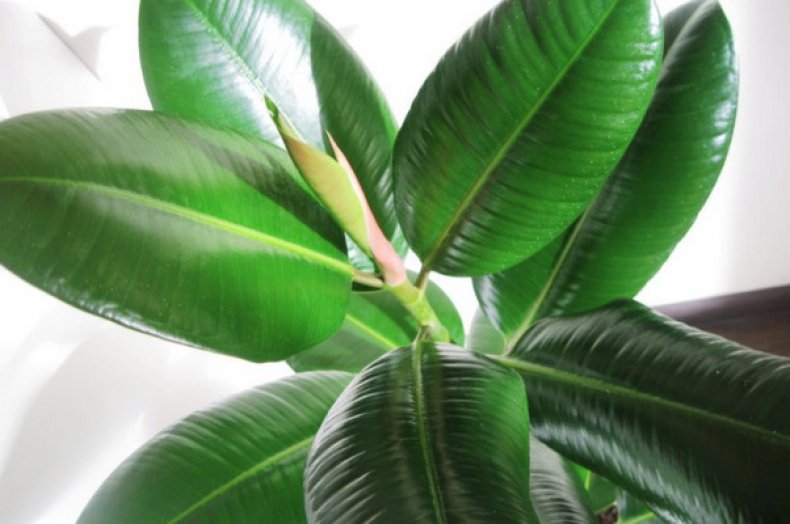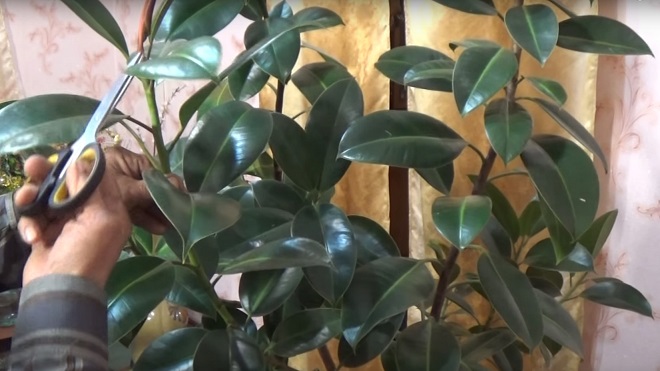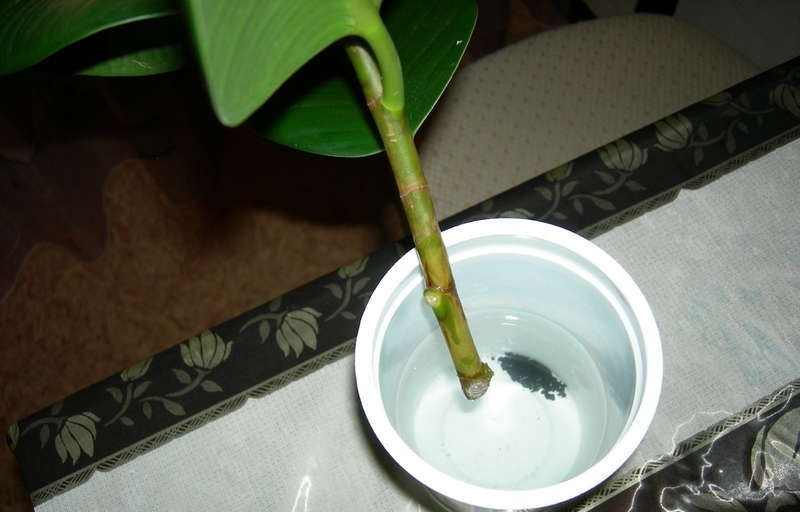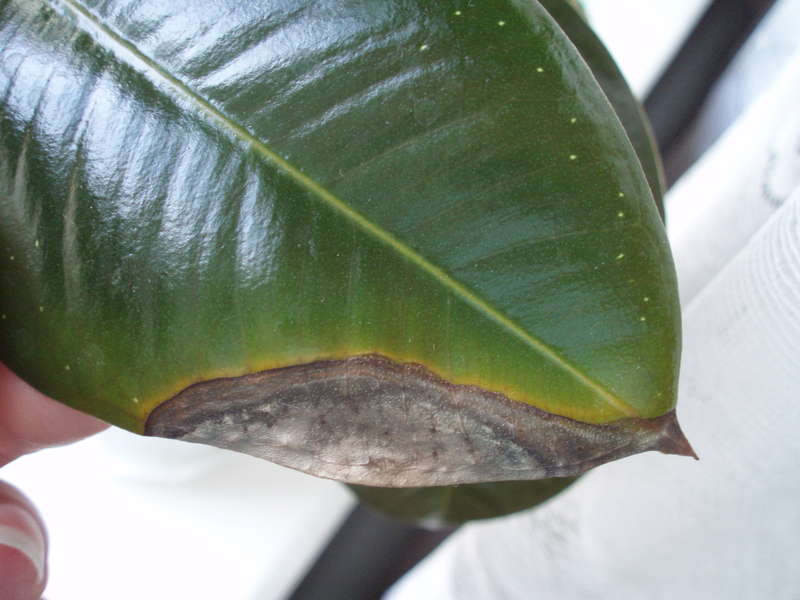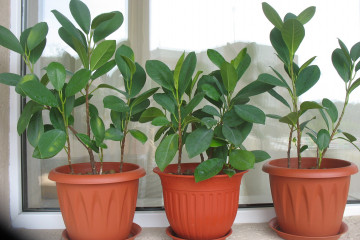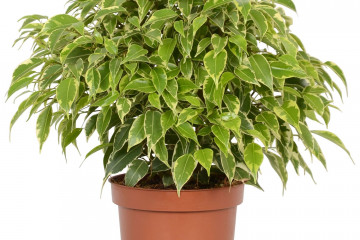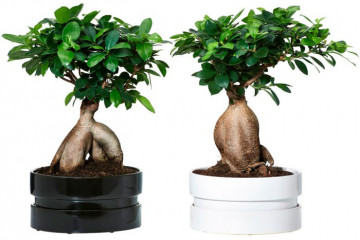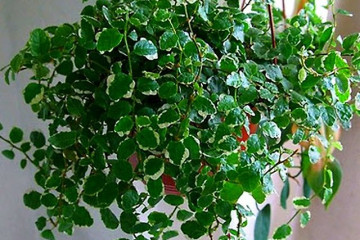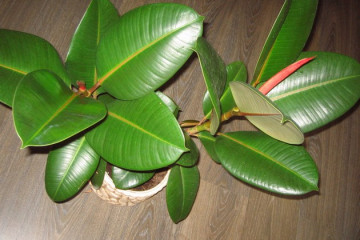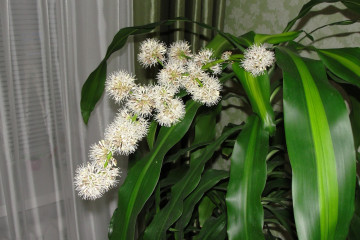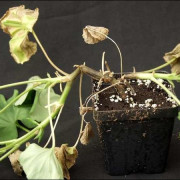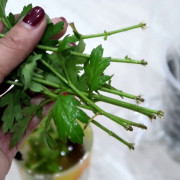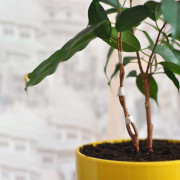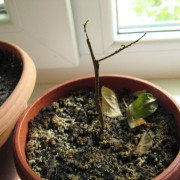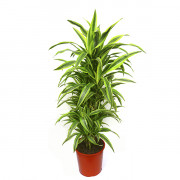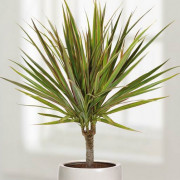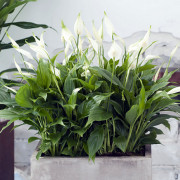Ficus Robusta rubbery - planting and care at home
Content:
Ficus Robusta is an attractive indoor flower, easy to care for and does not require the creation of specific growing conditions.
What does the ficus Robusta look like, which family does it belong to?
Robusta belongs to the rubbery species of ficus or, as they are also called, Elastica. Family - Ficus.
Appearance Description:
- Leaves are evergreen, slightly drooping down. The shape is oval, pointed at the ends. Color - dark green, surface - glossy. There is a vein in the middle of each leaf plate, its color can be light green or red. Leaf length - up to 25 cm, width up to 15 cm.
- The trunk is green.
- Height - from 1 m.
- Flowers are inexpressive, no more than 1 cm in diameter.
Healing properties
Robusta is a plant that is recommended to be placed in every home. He is able to absorb negative energy, cleanse the atmosphere of anxiety.
The leafy plates of the plant are used to prepare tinctures for the treatment of arthrosis, rheumatism and arthritis. Folk remedies based on ficus help to get rid of papillomas and warts, wen.
Briefly about the history of appearance
It is not known exactly how and when the flower got to Europe. The homeland of the ficus is India, the southern regions of China, Nepal, Burma, Indonesia.
Ficusa Robusta: home care
Taking care of a flower is easy. You just need to adhere to certain rules.
Temperature
The optimum temperature regime for a flower is +18 ° C… + 25 ° C.
Lighting
The light should be diffused. Ficus is most comfortable on the north side of the room. In winter, you can additionally use fluorescent lamps.
Watering
Water the flower sparingly and regularly. The soil should be allowed to dry out a little. Recommended watering regime: in summer - every 3 days, in winter - every 5 days. The water from the pallet must be drained so as not to provoke decay of the roots.
Spraying
In summer, the plant needs to be sprayed once a week, in winter or when the air is dry - 2 times.
Humidity
The ideal moisture content for ficus is from 50%.
Priming
The soil should be neutral in acidity. It is important that the soil is light, loosened, with the addition of sand. The optimal solution is to purchase special soil for ficuses.
Top dressing
Complex mineral fertilizers are applied under the flower every 15 days from March to the last days of November.
Features of care in winter, dormant period of Robusta ficus
In winter, ficus is not fed, the frequency of watering is reduced for it, but the frequency of spraying is increased if the air in the room is dry.
When and how it blooms
The flowering of the robusta ficus has no decorative value. Its inflorescences are small, no more than 1 cm in diameter, collected from several yellow flowers with a green tint and are almost invisible among massive leaf plates.
In the natural environment, flowering can begin in May - June.
Changes in care during flowering
If the rubber plant Robusta bloomed indoors, he needs to increase watering and spray the bushes more often.
Pruning
The rapid growth of ficus must be controlled by regular cutting off the top. This measure helps to form a beautiful crown and rejuvenate the plant.
The procedure is carried out at the beginning of March, when the growing season begins. Rules:
- shoots are removed at a height of 3 to 5 leaf plates;
- thin branches are cut straight, thickened stems - at an angle;
- cut sites are processed with crushed activated carbon.
When removing shoots, hemp should not be left in order not to provoke the development of fungal diseases.
How ficus Robusta reproduces
Reproduction of ficus is easy, carried out by seeds, cuttings and air layers.
Germinating seeds
Purchased seeds are soaked for several hours in a growth stimulator. It is necessary to put the seed on the nutrient soil, moisten it with a spray bottle, cover it with a thin layer of soil. The first shoots will appear in about 7-10 days.
Rooting cuttings
This is the most convenient and frequently used method. Procedure:
- Cut off the stems from the top, each should have 2-3 leaf plates.
- Rinse off the plant sap from the cut and dry it in the air for 1 hour.
- Plant the cutting in a nutritious soil mixed with sand, dropping it into the ground at an angle.
It is recommended to place a support under each stalk, for example, a thin stick.
Air layering
Old stems and woody shoots are suitable for layering. How to propagate ficus with air layers:
- Make an oblique cut on the branch.
- Insert a match into it so as not to overgrow, wrap it with moistened moss, wrap it with foil on top.
- Spray the moss regularly to keep it hydrated until roots appear. Water is added under the film through a syringe.
The roots will form in about 2 months. A branch with roots is cut and inserted into the nutrient soil.
Other options
You can plant a ficus using a sheet plate. You need to choose only strong specimens, without any damage.
The leaf plate is cut off with a part of the shoot, the cut is placed in a container with clean water or wrapped in wet cotton wool.
Transfer
It is necessary to transplant as the flower grows, when roots are visible on the soil surface. Rules:
- The next pot should be 2-4 cm larger in diameter from the previous container.
- Young ficus is transplanted annually, flowers from 4 years old - 1 time in 2 years.
- The root collar does not go deep into the ground.
Possible growing problems and diseases
It is easy to take care of a flower, but a gardener may still face certain difficulties.
The flower sheds buds and leaves
The appearance of such a symptom may be due to the fact that the plant is renewing itself. But more often this symptom occurs due to improper watering and lack of nutrients.
Leaves turn pale
This indicates that the room temperature is too high.
The tips of the leaves dry
The reasons for the condition are excessive lighting, lack of watering.
The lower leaves fall
This indicates the appearance of pests or depletion of the soil.
Pests
Most often, the plant infects a spider mite or scale insect. The flower is treated with soapy water. When the case is neglected, insecticides are used.
Other problems
If the leaf plate begins to turn yellow, then the flower does not have enough iron. If blackness appears on the green surface, it is sunburn.
Robusta is a beautiful, fast-growing ficus tree with a lush and open crown. The plant is completely unpretentious. But even when creating the most comfortable conditions, the probability of its blooming in "captivity" is extremely small.
